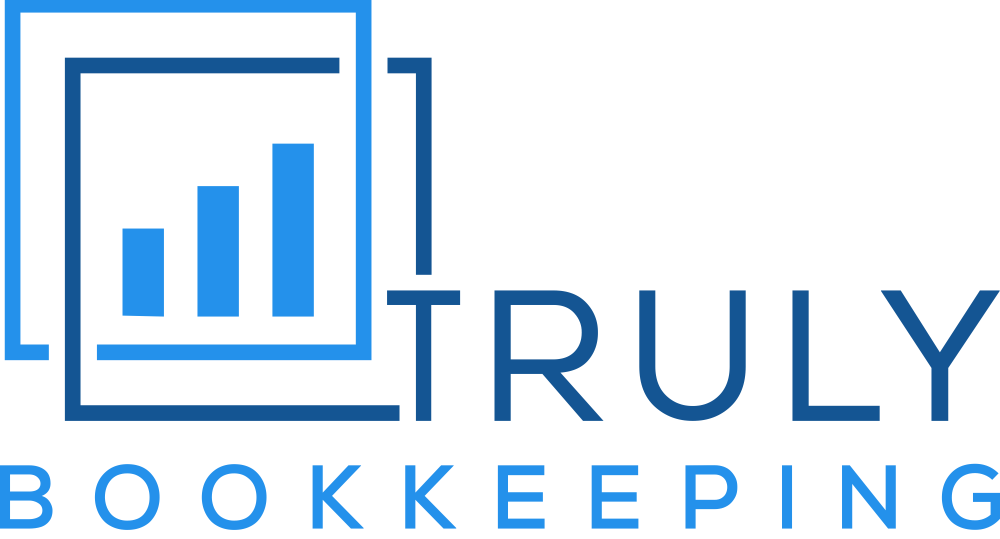How to Begin Offering Retirement Benefits to Your Employees

How to Begin Offering Retirement Benefits to Your Employees
When you begin to bring employees into your business, there are a number of ways you can make employment look more appealing. You can increase the rate, allow workers to work from home, or offer benefits like paid time off. One popular way to make a position more appealing is with retirement benefits.
Retirement benefits can help employees feel more confident in their job and secure about their future. It can be almost expected at some companies while other businesses may be too young to be able to afford those types of services.
No matter where your business stands, it is worth your time to consider what a retirement plan with your business would begin to look like. That is what we will be illustrating below. How to begin to put together a retirement plan for your employees that will not break the bank and also offer substantial benefit to their future.
Some Options
As a small business owner with employees, there are a few options you will want to pay close attention to. These include:
- SIMPLE IRA – Just as it states, the plan is simple and allows employees to make their own contributions.
- SEP IRA – You can select when you would like to contribute to your employees retirement accounts.
- Traditional 401(k) – Provides a vesting schedule that will provide incentive for employees to stay.
Let’s dive into each option and why it may be good for your business.
Simple IRA
A Simple IRA is a reasonable solution for small businesses who are just beginning to look into retirement options. They can easily set up a plan and have a low contribution rate. Typically these plans do allow employees to contribute high amounts.
Setup Costs
There are little to no setup costs for this plan. The only sort of expenses you will need to worry about in the beginning is dependent on what plan provider you go with. They may have fees associated with holding accounts within their business.
How it Works
An employer has two options with this plan. They can contribute 2% to all of their employee accounts or they can match the 3% employee contributions. Which option is best can differ from one business to another.
Contribution Limit
In 2021, the contribution limit was $13,500 for employees and $16,500 for employees 50+.
SEP IRA
This plan is ideal for small businesses because it is fairly inexpensive and upkeep can be simple. It is also ideal if you suspect your profit may fluctuate over the years. This can be useful since under a SEP IRA, employers are not required to contribute every year.
Setup Costs
Like the Simple IRA, there are little to no setup costs for this plan. The only sort of expenses you will need to worry about in the beginning is dependent on what plan provider you go with.
How it Works
Employees are not able to contribute to these types of accounts, only the employers. Contributions must be equal among all employees and the employer does not need to contribute each year.
Contribution Limit
The 2021 limit for SEP IRA contributions is $58,000 or 25% of the employee’s compensation, whichever is less.
Traditional 401(k)
This is one of the most common types of retirement plans and for good reason. Employees have the option to contribute more cash and they can take out money as a loan if needed. These sort of flexibility options help give employees some control over how they would like their benefits handled.
Setup Costs
Setup costs can change depending on the provider, but you can expect some setup fees. These may be for administrative work, per employee fee, or an investment fee. Be sure to look for plans that are designed for small businesses.
How it Works
Under this plan employees are not required to participate and the employer contributions are optional. If you do decide to contribute towards the plan, you can set a time period for the minimum amount of time the employee needs to be with the company. Otherwise, the employer can be reimbursed for the funds spent.
Contribution Limit
There is a $19,500 limit for employees or $26,000 for employees 50+. Employers also have the option to contribute 25% of the employee’s pay. However, if the percentage is used, you cannot exceed $58,000 or $64,500 for employees 50+.
If you are a small business owner and the idea of a retirement plan sounds appealing to you, these three options are a great place to start. Whether you are looking for flexible payments like with the SEP IRA or you are looking to work together with your employees for a smaller plan, the Simple IRA may be best.
If you are ready to begin discussing your options and reviewing your financials to see what you can afford, we recommend scheduling a consultation call with us. We would work with our clients to weigh the options and take all factors of their business into consideration.
Meet with me!
hello@trulybookkeeping.com
